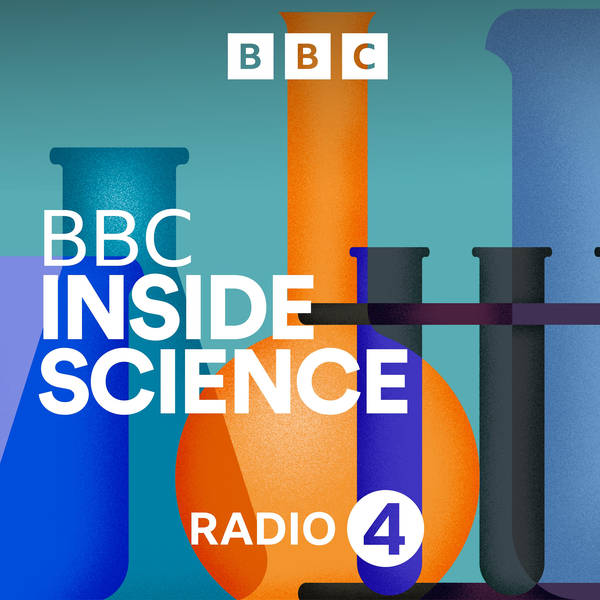
Falling carbon and rising methane; Unsung heroes at the Crick
Efforts to cut emissions of carbon dioxide (CO2) and tackle climate change in many developed economies are beginning to pay off, according to research led by Corinne Le Quere at the Tyndall Centre at the University of East Anglia. The study suggests that policies supporting renewable energy and energy efficiency are helping to reduce emissions in 18 developed economies. The group of countries represents 28% of global emissions, and includes the UK, US, France and Germany. The research team analysed the various reasons behind changes in CO2 emissions in countries where they had declined significantly between 2005 and 2015. They show that the fall in CO2 emissions was mainly due to renewable energy replacing fossil fuels and to decreasing energy use.
Methane is many times more potent a greenhouse gas than carbon dioxide. However, it breaks down much more quickly than CO2 and is found at much lower levels in the atmosphere. During much of the 20th century levels of methane, mostly from fossil fuel sources like coal and gas, increased in the atmosphere but, by the beginning of the 21st century, they had stabilised. Then, surprisingly, levels starting rising in 2007. That increase began to accelerate after 2014 and fast growth has continued. Studies suggest these increases are more likely to be mainly biological in origin. However, the exact cause remains unclear. Some researchers believe the spread of intense farming in Africa may be involved, in particular in tropical regions where conditions are becoming warmer and wetter because of climate change. Rising numbers of cattle – as well as wetter and warmer swamps – are producing more and more methane. This idea is now being studied in detail by a consortium led by Professor Euan Nisbet, at Royal Holloway, University of London. Another, more worrying source for the increase in methane could be that it’s not been broken down in the atmosphere as efficiently. Natural chemicals in the atmosphere, which help to break down methane, may be changing because of temperature rises, causing them to lose their ability to deal with the gas.
The Francis Crick Institute is a biomedical discovery institute researching the biology underlying human health. This vital research is carried out by some of the best scientists in their field. However, many, many more people are involved behind the scenes. ‘Craft and Graft’ is a new exhibition at the Francis Crick Institute celebrating these ‘unsung heroes’, and opens on 1 March, focusing the spotlight on the technicians, engineers and support staff that are vital in supporting the scientists and their work by ensuring the glassware is washed, the equipment runs smoothly and the cells are all looked after and categorised correctly. Hannah Fisher was granted special access behind the scenes to meet some of the people who inspired the exhibition.
Producer: Fiona Roberts
